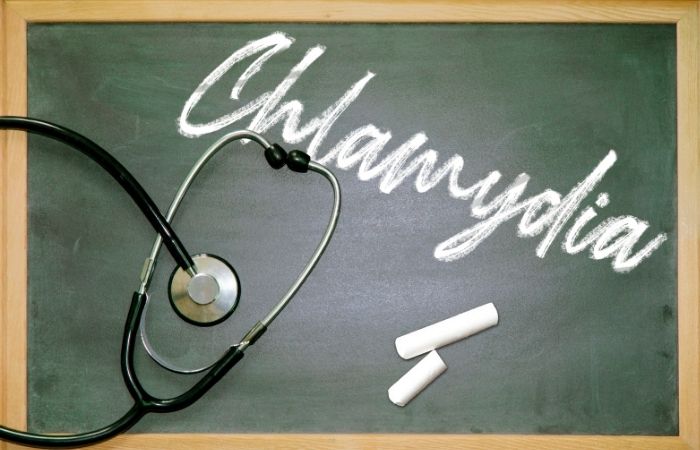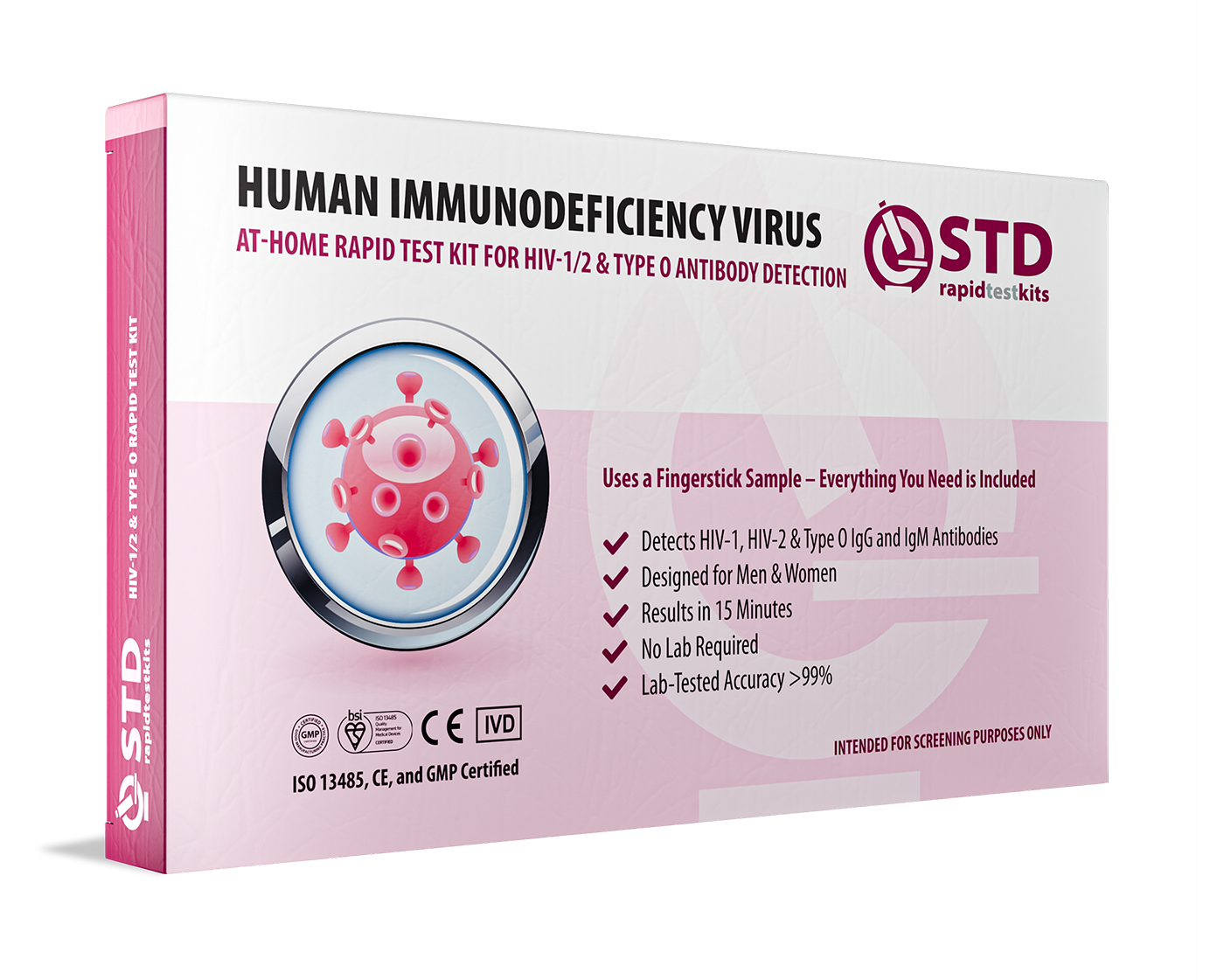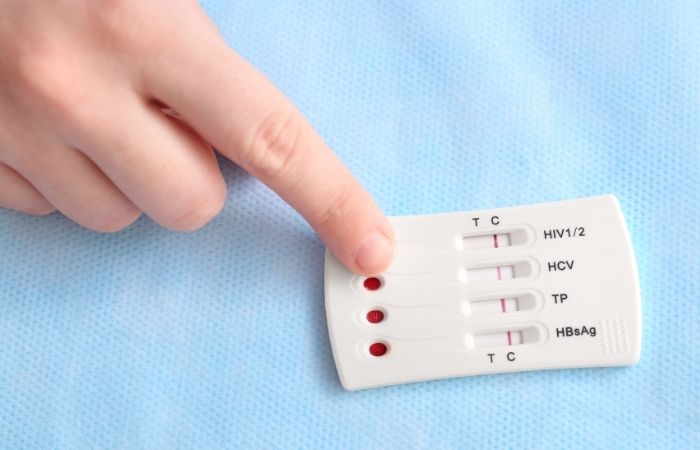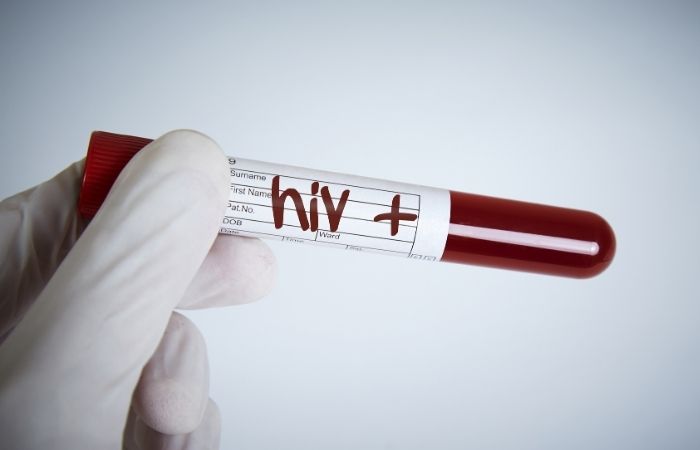Private and Accurate: How At-Home Test Kits Are Changing Sexual Health
Chlamydia and the HIV/AIDS Connection
A very frequent sexually transmitted infection (STI) globally is chlamydia, which is caused by the bacteria Chlamydia trachomatis. Abnormal discharge and uncomfortable urination are modest signs, if they manifest at all. Unfortunately, difficulties might arise since the illness is often not recognized or treated in a timely manner due to its silent nature.
Human Immunodeficiency Virus (HIV) patients are more likely to get opportunistic infections because the virus weakens the immune system. It can be passed from mother to child, through sexual contact, or by blood exposure. Why, though, does chlamydia itself raise the risk of contracting HIV?

Symptoms and Reactions of the Immune System
Chlamydia, according to research, causes an inflammatory reaction in the host. Inflammation causes microtears in the vaginal mucosal lining, which HIV can use to enter the bloodstream more easily. The Journal of Infectious Diseases released research demonstrating that chlamydia-induced inflammation raises the number of immune cells (CD4 T-cells, for example) that HIV specifically targets.
Furthermore, chlamydia interferes with the normal genital microbiome. Because the body's defenses are already compromised, this disruption makes HIV even more effective.
How Common Is Co-Infection?
The World Health Organization (WHO) reports that chlamydia and HIV co-infections are quite common. Untreated chlamydia increases the risk of contracting HIV by a factor of 2-4, according to one study. This correlation stands out in places where healthcare is scarce and STI rates are high.
Order Now $33.99 $49.00 Check Your STD Status in Minutes
Test at Home with Remedium
HIV Rapid Test Kit




Treatment and Diagnosis Postponement
The quiet spread of chlamydia is one of the biggest dangers it poses. Because so many people don't know they have the virus, problems are more likely to arise. Chlamydia, if left untreated, can cause infertility, pelvic inflammatory disease (PID), and an increased risk of contracting HIV.
Eliminating the Risk of HIV and Chlamydia Co-Infection
Despite the alarming correlation between chlamydia and HIV, effective preventative measures are well within reach. For your safety, consider the following:
- The risk of problems and co-infections is reduced when chlamydia is detected early with standard STI testing.
- An excellent method of preventing chlamydia and HIV is to wear condoms regularly.
- Open communication between partners regarding sexual health can promote safer practices, such as mutual testing.
- Although chlamydia cannot be vaccinated against, high-risk persons can lower their chance of HIV transmission by taking pre-exposure prophylaxis (PrEP).
- At-Home Testing Kits: If you value privacy and convenience, you may easily monitor your health using at-home STI testing kits.

Why Testing Is Crucial
An essential part of managing and preventing STIs is testing. Both the person and the community gain from early chlamydia and HIV detection. Individuals may take charge of their sexual health without having to visit a clinic thanks to at-home STD testing kits, which offer a discreet and easy alternative.
FAQs
1.- How does chlamydia spread, and what is it anyway?
Infected partners can spread the bacterial sexually transmitted infection chlamydia through unprotected oral, anal, or vaginal sex.
2.- Is it possible for chlamydia to raise my risk of HIV even in the absence of symptoms?
A higher risk of contracting HIV can result from inflammation and immunological reactions caused by chlamydia, even in cases where no symptoms are present.
3.- What are the benefits of conducting chlamydia and HIV tests simultaneously?
It is possible to improve treatment outcomes and stop additional transmission by detecting co-infections early on.
4.- What consequences can arise from chlamydia that is left untreated?
Infertility, pelvic inflammatory disease (PID), and an increased risk of HIV can result from untreated chlamydia.
5.- Is it safe to use chlamydia and HIV testing kits at home?
A lot of the home testing kits are really precise, and they're great for when you want to test in private.
6.- Does regular condom usage completely protect against HIV and chlamydia?
While using a condom helps lessen the likelihood of sexually transmitted infections, nothing beats becoming abstinent entirely. Testing on a regular basis is crucial.
7.- If my partner has tested positive for HIV or chlamydia, what am I to do?
Get checked out right away, and listen to your doctor when they tell you how to treat and avoid complications.
8.- Can I get an HIV or chlamydia vaccine?
Although there is no chlamydia vaccine available at this time, there are ways to prevent HIV, such as PrEP.
9.- Does therapy prevent chlamydia from returning?
If exposed again, reinfection is certainly a possibility. It is of the utmost importance to treat all partners at the same time.
10.- How does a chlamydia and HIV infection play out in the long run?
When HIV and other illnesses coexist, the latter can hasten the former's progression and, if left untreated, cause serious problems with reproductive health.

Get Healthy on Your Own
Chlamydia is silent, but that shouldn't be an excuse to ignore its danger to your health. You can protect yourself against HIV and its consequences with easily available testing alternatives and efficient prevention practices. Put an end to reactive sexual health management by ordering an at-home STD test kit right now.
Sources
1.- PubMed - Chlamydia and HIV
2.- PMC - Co-Infection of Chlamydia and HIV
3.- Aidsmap - Chlamydia and HIV Risks
4.- JAMA - Chlamydia's Role in HIV Risk
5.- ScienceDaily - Chlamydia and HIV Transmission










